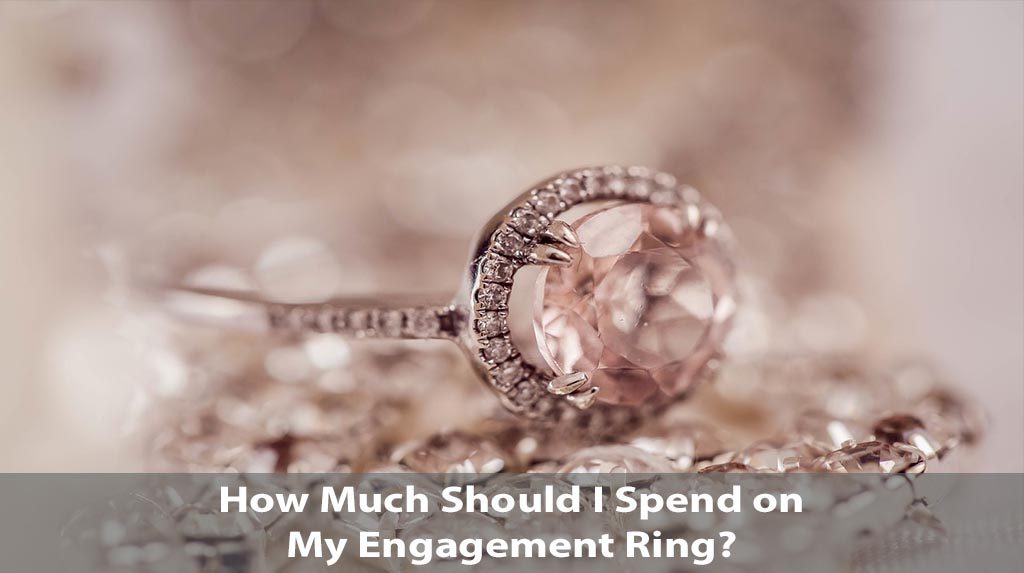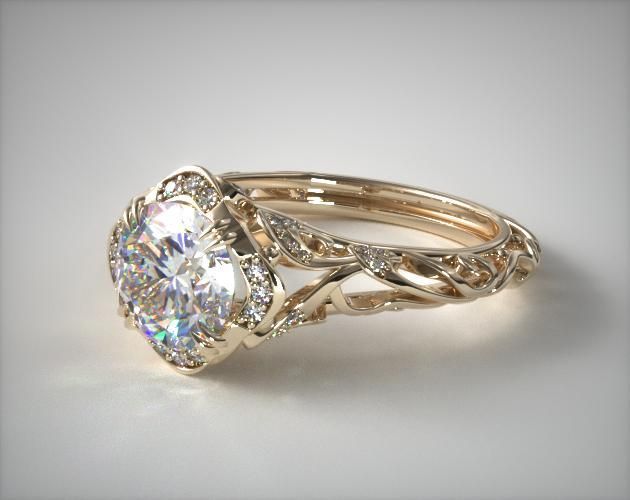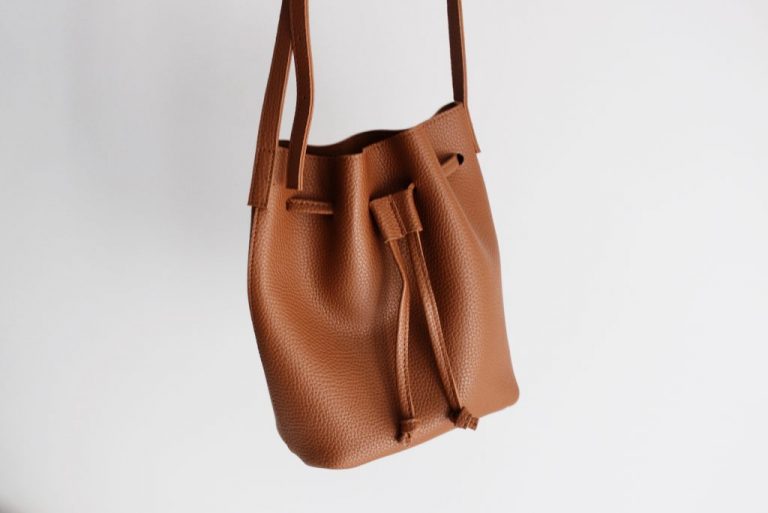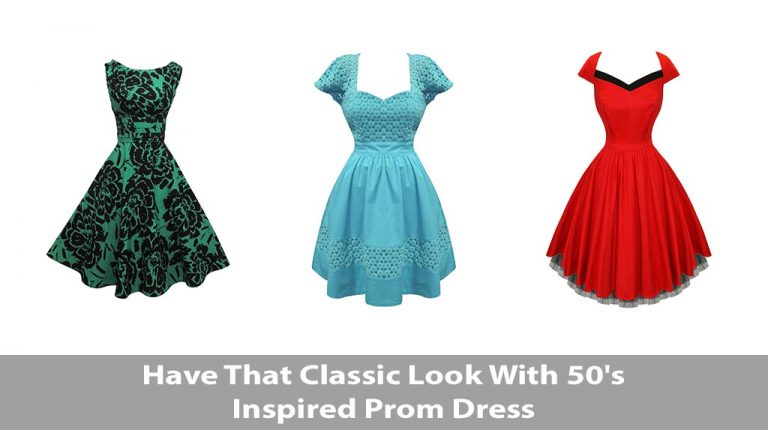How Much Should I Spend on My Engagement Ring?
Buying an engagement ring is a very important decision and for many people it is one of the most expensive things they’ll ever buy. This is a piece of jewellery that will receive endless scrutiny as everyone will want to take a look at it as soon as you’ve got engaged. This brings a lot of pressure on couples – to buy a ring that ticks all the boxes and yet doesn’t break the bank. Setting your budget is important as it ensures that you don’t go overboard and spend more than what you can. So the question becomes:

Factors to Consider Before Buying an Engagement Ring
1. Think about What you Value:
This might seem like an airy fairy question, but in fact, it has a direct bearing on the price you’ll pay for your engagement ring. Do you value what society thinks about your ring? Is prestige important to you? Or do you prefer to focus on the emotion behind the ring?
Most people choose a diamond ring. This is partly because choosing a diamond engagement ring is important as it is the status quo when it comes to engagement rings. For others, a diamond look-alike or a more sustainable option like moissanite means more to them. Still others may prefer to be different and opt for a wooden engagement ring or a colored gemstone. As you can see, each of these choices will come with a different price tag. By asking yourself what you want the engagement ring to symbolise and how you want it to be perceived, you will be narrowing down your choices and zeroing on what really matters to you.
2. Choose your Metal:
Choose the right metal for you. Whether you choose gold or silver colored metals depends on their durability, price, how they match your skin tone and how they look on your finger, overall. In general, gold is the preferred option as it is durable, valuable and prestigious. Gold can be bought in a variety of colors including white, black, green, rose or red.
While platinum is the most durable precious metal on the market, note that it is more expensive than gold. Both require periodic maintenance. There are many alternative metals out there such as titanium, tungsten, mokume gane, wood and ceramic. These are options for a person who wants to challenge the status quo and showcase something different. Each comes with its own pros and cons so doing some research will help you determine which is the right one for you.
3. Choose your Gemstone:
Most people will opt for a diamond or a gemstone engagement ring. While diamonds have been the go to gemstone for a long time, colored gemstones such as morganite, sapphire, ruby and topaz, to name a few, are starting to emerge as top choices.
Diamonds, needless to say, are generally considered the most prestigious of the gemstones. They range in price depending on their quality factors. The most important aspect of a colorless diamond is the cut, as it is the cut that can make or break a stone, having a direct bearing on its sparkle, fire and light performance. This is why it is a good idea not to compromise on the cut quality. Some shoppers opt for the ultimate cut – hearts and arrows. These refer to diamonds that showcase perfect symmetry and proportion. Color, carat weight and clarity are also important aspects of a diamond. These 4Cs will determine the price of your diamond. Play around with them for the best option.
For colored gemstones, the world is your oyster. There are so many options to choose from it can get really difficult to pin down the right one. However, note that not every gemstone is made for an engagement ring. You will need to consider its durability before you choose a gemstone, as stones lower down on the Mohs scale of hardness generally don’t fare well over the years.
4. Consider Durability:
This is an important point to consider. An engagement ring should ideally last a lifetime, and you don’t want to have to keep repairing or maintaining it. Taking this into consideration, choose a gemstone that stands up well to weathering over the years. A diamond is most people’s top choice as it is the hardest known gemstone. Other great choices are sapphire, ruby and moissanite as these are all 9 and over on the Mohs scale (a diamond is a 10 on the scale).
Think about durability when you choose the metals too. For example, white gold will require periodic rhodium plating to keep it shining bright, while platinum will need to be polished to remove marks. Some metals shatter and others bend out of shape on impact. Research the pros and cons to find out what suits your lifestyle and job.
5. Choose your Retailer:
If you’re after a brand name like Tiffany or Cartier, be prepared to shell out some serious cash. These retailers offer beautiful pieces but as with all things brand, you’re likely paying more than what the ring is worth. A great option is to search for your dream ring online, as there are endless choices, competitive prices and great customer service. Most online retailers allow you to send back a ring if you don’t like it within the first 30 days. So the risk is low. However, choose your retailer wisely, and opt for a trustworthy well known name. Check the reviews online as these will often point you in the right direction.
How much Should I Spend on my Engagement Ring?
By now it should be clear that there is no right or wrong answer for this. Some people spend exorbitant amounts on a ring while others prefer to go more conservatively about this. It really is a matter of preference. At the end of the day, an engagement ring is about your relationship and should reflect this. You may opt for a $50 silver ring with a cubic zirconia or a $20,000 diamond platinum ring. When making your decision, consider what you value, consider durability and most importantly, set a budget that works for you rather than be dictated to by society’s norms.






